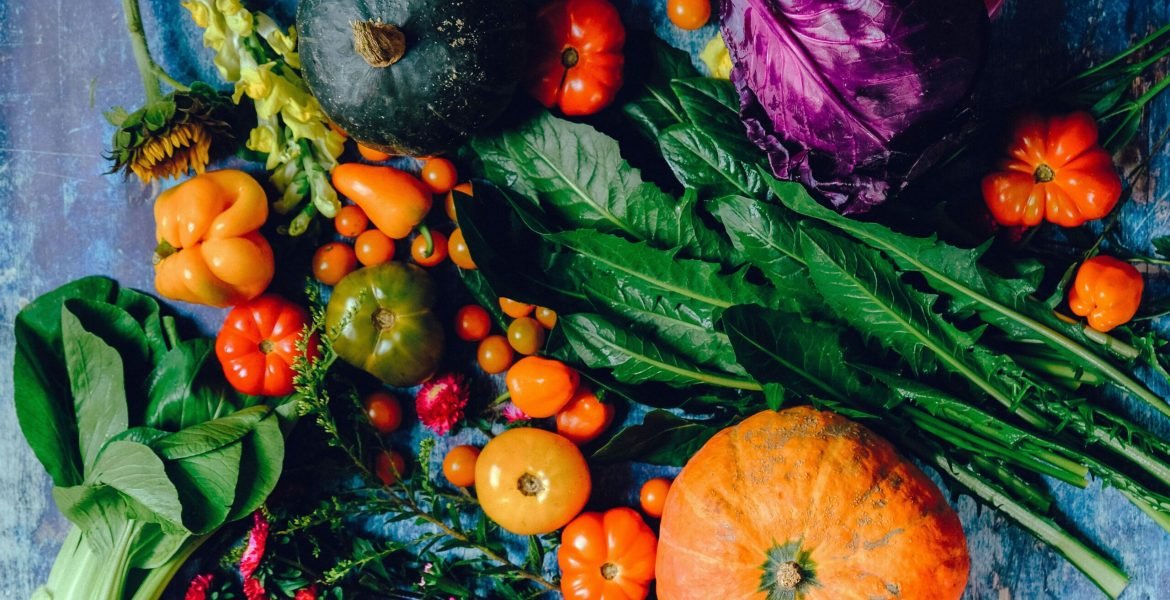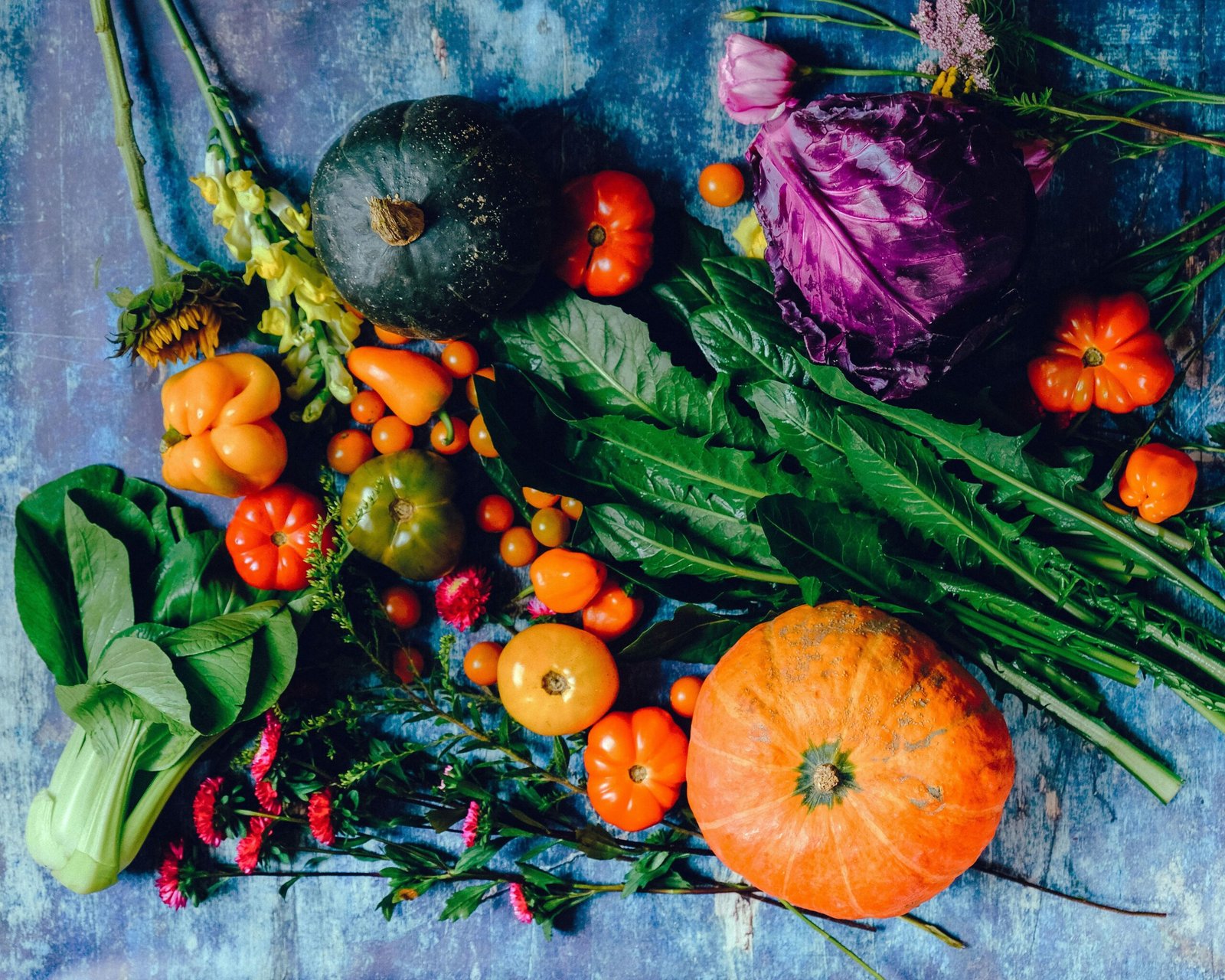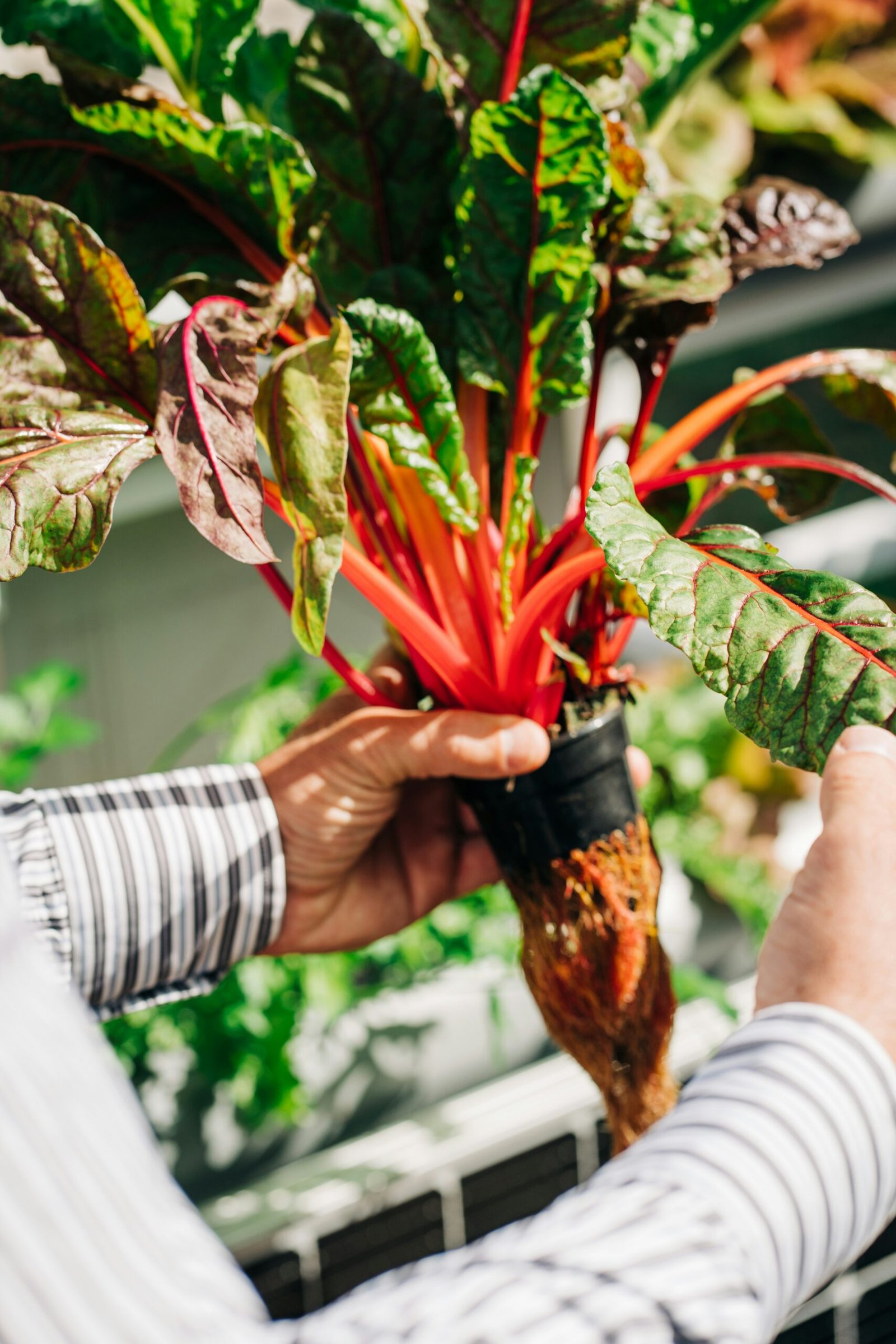Understanding the Importance of Fiber in Digestion
Dietary fiber, often referred to as roughage or bulk, is an essential component of a balanced diet. It is primarily found in plant-based foods and is classified into two main types: soluble and insoluble fiber. Both types play distinct roles in maintaining digestive health and overall well-being.
Soluble fiber dissolves in water to form a gel-like substance. It is found in foods such as oats, beans, apples, and citrus fruits. This type of fiber aids digestion by slowing down the absorption of sugar, which helps regulate blood sugar levels. Additionally, soluble fiber can help lower cholesterol levels by binding with bile acids and removing them from the body.
Insoluble fiber, on the other hand, does not dissolve in water. It is abundant in whole grains, nuts, vegetables, and wheat bran. This type of fiber adds bulk to the stool, promoting regular bowel movements and preventing constipation. Insoluble fiber acts like a natural scrub brush for the intestines, ensuring that food moves efficiently through the digestive tract.
The recommended daily intake of fiber varies by age and gender, but generally, adults should aim for 25 to 30 grams of fiber per day. Unfortunately, many people fall short of this target, which can lead to digestive issues and other health problems.
Incorporating an adequate amount of fiber into your diet offers numerous benefits. It helps prevent constipation and promotes regular bowel movements, which are vital for maintaining a healthy digestive system. Fiber also supports gut health by fostering a diverse and balanced gut microbiome, which is crucial for overall health. Moreover, a high-fiber diet can aid in weight management by promoting feelings of fullness and reducing overall calorie intake.
Furthermore, fiber intake is associated with a reduced risk of developing certain digestive disorders, such as diverticulitis and hemorrhoids. By ensuring a consistent intake of both soluble and insoluble fiber, individuals can significantly enhance their digestive health and overall quality of life.
Top Fiber-Rich Fruits and Vegetables
Incorporating fiber-rich fruits and vegetables into your diet is essential for maintaining optimal digestion and overall health. Here, we detail some top choices you should consider adding to your daily meals and snacks.
Apples: A medium-sized apple contains around 4.4 grams of fiber. Apples are versatile and can be eaten on their own, added to salads, or baked into healthy desserts. They also provide vitamins C and A, which support immune function and skin health.
Pears: Pears are another excellent source of dietary fiber, with approximately 5.5 grams per medium fruit. They can be enjoyed fresh, poached, or in smoothies. Pears also offer a good dose of vitamin K and potassium, which are vital for blood clotting and heart health.
Berries: Berries such as raspberries, blackberries, and strawberries are fiber powerhouses. For instance, one cup of raspberries provides about 8 grams of fiber. Berries are perfect for snacking, adding to yogurt, or topping off your morning cereal. They are packed with antioxidants, which help combat oxidative stress and inflammation.
Broccoli: This cruciferous vegetable boasts about 5 grams of fiber per cup when cooked. Broccoli can be steamed, roasted, or added to stir-fries and soups. It is also rich in vitamins C, K, and folate, all of which contribute to overall health.
Carrots: A cup of raw carrots contains around 3.6 grams of fiber. Carrots are great as a crunchy snack, in salads, or roasted as a side dish. They are abundant in beta-carotene, a precursor to vitamin A, which is crucial for vision and immune function.
Leafy Greens: Dark leafy greens like spinach, kale, and Swiss chard are not only high in fiber but also provide essential vitamins and minerals. For example, one cup of cooked spinach has about 4 grams of fiber. These greens can be added to smoothies, salads, or sautéed as part of a main dish. They are excellent sources of iron, calcium, and antioxidants.
By including these fiber-rich fruits and vegetables in your diet, you not only enhance your digestive health but also benefit from a wide range of vitamins, minerals, and antioxidants that support overall well-being.
Whole Grains and Legumes: Powerhouses of Fiber
Whole grains and legumes stand out as exceptional sources of dietary fiber, essential for promoting better digestion and overall health. Whole grains, including oats, quinoa, and brown rice, are unrefined grains that retain their bran and germ, packing a significant fiber punch. Legumes, such as lentils, chickpeas, and beans, are not only fiber-rich but also provide a myriad of other nutritional benefits.
Integrating these fiber-packed foods into your daily meals can be both simple and delicious. For instance, oats can be a versatile addition to your breakfast routine, whether enjoyed as a warm bowl of oatmeal or blended into smoothies. Quinoa and brown rice can serve as hearty bases for salads or side dishes, enhancing both texture and nutritional content. Lentils, chickpeas, and beans can be seamlessly added to soups, stews, and casseroles, contributing to a satisfying and wholesome meal.
Beyond their fiber content, whole grains and legumes offer an array of additional nutrients. They are excellent sources of plant-based protein, making them ideal for vegetarian and vegan diets. These foods are also rich in B vitamins, which play a crucial role in energy metabolism and maintaining brain function. Moreover, legumes provide a substantial amount of iron, essential for oxygen transport and energy production in the body.
To maximize fiber intake and nutritional benefits, it is important to select and prepare whole grains and legumes properly. Opt for minimally processed whole grains, such as steel-cut oats or whole quinoa, to ensure you are getting the most fiber. When preparing legumes, soaking them overnight can help to reduce cooking time and enhance digestibility. Additionally, incorporating a variety of these foods into your diet can ensure a broad spectrum of nutrients and prevent dietary monotony.
By prioritizing whole grains and legumes in your meals, you can significantly boost your fiber intake, supporting better digestion and overall health. Their versatility and rich nutritional profile make them valuable staples in a balanced diet.
Tips for Increasing Fiber Intake Safely
Gradually increasing fiber intake is essential for avoiding digestive discomfort such as bloating or gas. Start by incorporating small amounts of fiber-rich foods into your diet and slowly increase the quantity over several weeks. This allows your digestive system to adapt without causing undue stress. Hydration is crucial when increasing fiber intake, as water helps fiber move through the digestive tract more efficiently. Aim to drink at least eight glasses of water daily to support this process.
Reading food labels can help you identify high-fiber products. Look for items that contain at least 3 grams of fiber per serving. Labels on whole-grain bread, cereals, and legumes often highlight their fiber content, making it easier to make informed choices. Fiber supplements, such as psyllium husk or methylcellulose, can also be a convenient way to increase fiber intake. However, it is advisable to consult a healthcare provider before starting any supplement regimen.
Simple dietary swaps can significantly boost your fiber intake without much effort. Opt for whole-grain bread instead of white bread, choose brown rice over white rice, and replace regular pasta with whole-grain varieties. Incorporating more fruits, vegetables, nuts, and seeds into your meals can also elevate your fiber intake. For example, add flaxseeds or chia seeds to your yogurt or smoothies, and include leafy greens in your salads and sandwiches.
Before making any significant changes to your diet, especially if you have existing digestive issues, consulting a healthcare provider is essential. They can provide personalized advice and ensure that your dietary adjustments align with your overall health needs. By following these practical tips, you can increase your fiber intake safely and enjoy better digestive health.





